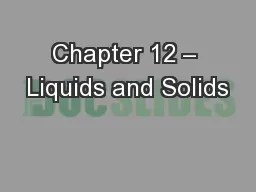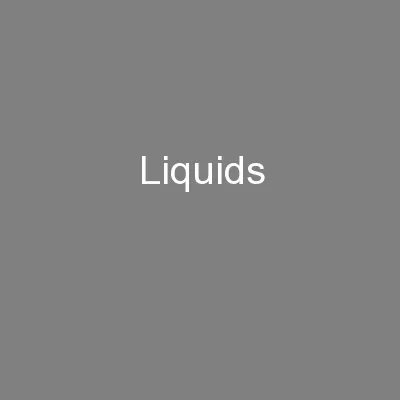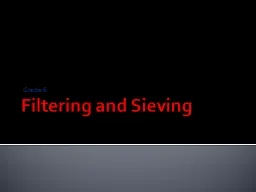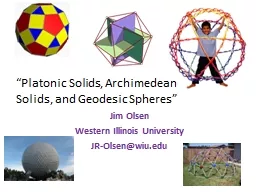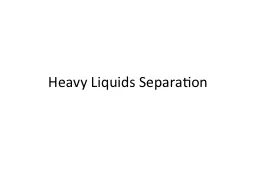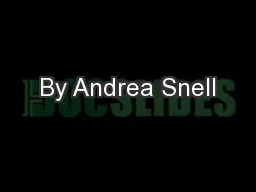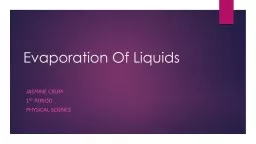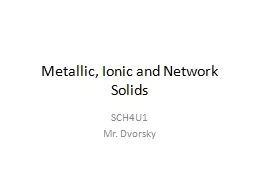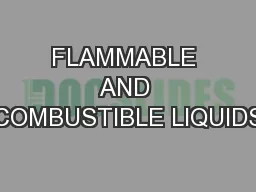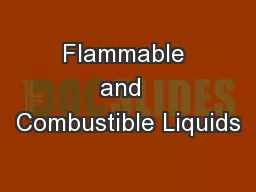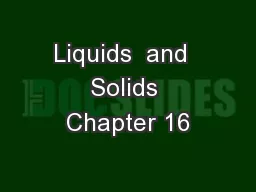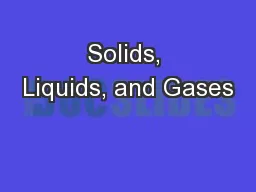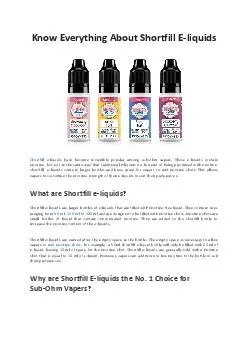PPT-Chapter 12 – Liquids and Solids
Author : jane-oiler | Published Date : 2017-10-22
Which one represents a liquid Why Liquids have a definite volume but not a definite shape The particles are closer together than gases so the intermolecular
Presentation Embed Code
Download Presentation
Download Presentation The PPT/PDF document "Chapter 12 – Liquids and Solids" is the property of its rightful owner. Permission is granted to download and print the materials on this website for personal, non-commercial use only, and to display it on your personal computer provided you do not modify the materials and that you retain all copyright notices contained in the materials. By downloading content from our website, you accept the terms of this agreement.
Chapter 12 – Liquids and Solids: Transcript
Download Rules Of Document
"Chapter 12 – Liquids and Solids"The content belongs to its owner. You may download and print it for personal use, without modification, and keep all copyright notices. By downloading, you agree to these terms.
Related Documents

